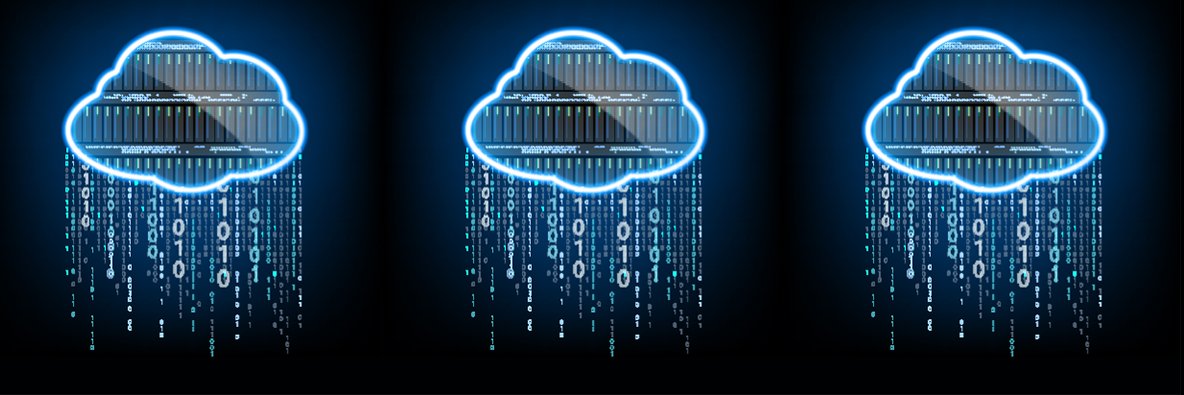In the age of SaaS, effective procurement management means something different. Getting by with spreadsheets is no longer effective. In this blog, we’ll look at the elements of the modern procurement approach. You’ll learn how the right procurement system can drive value creation by strengthening the financial health of your organization.
The procurement process defined
Procurement is not one process but a collection of many interconnected activities. These techniques improve cost efficiency and reduce procurement cycle times – ensuring good supply chain management. By using a documented and streamlined procurement process, organizations can:
- Identify business needs and use a collaborative approach to fulfill them.
- Strategically source goods with a proven list of suppliers.
- Acquire goods on shorter timelines, allowing them to increase production.
- Perform supplier and delivery evaluations to ensure high-quality products and advantageous terms.
- Track and analyze purchasing activities using metrics to surface bottom-line savings and increase efficiency.
Traditional procurement versus modern procurement
The traditional procurement process relies on the same basic principles as the modern one. The key difference though is manual, paper-based processes. The surge of SaaS software and remote work has made manual procurement ineffective. The volume of purchases and licenses involved in running a modern business makes it hard to keep up. Whether you’re buying office supplies or implementing a major ERP system, the same procurement practices apply. Here’s the process:
Identify procurement needs
The statement of need is the first stage of procurement in business. The statement may take the form of a purchase requisition or purchase request, an email or phone call, or a cross-functional team meeting to address a more complex need.
Strategic sourcing
During the strategic sourcing stage of procurement in business, market research and a make-or-buy analysis should be conducted.
Purchasing
During this stage, a requisition is approved, a purchase order is issued, and then the order is received and paid. Purchasing, logistics/receiving, and accounts payable are involved. This is also the stage where your software contract negotiation takes place.
Contract management
During this stage, the procurement team manages ongoing renewals. They negotiate prices, monitor any metrics established in the agreement, and work with both internal stakeholders and suppliers to answer contract-related questions and resolve any issues. This stage continues until the contract ends.
Supplier relationship management
Though last in process, supplier relationship management will be ongoing. This stage is often overlooked but is critical in understanding a supplier base. It includes categorization of suppliers, measurement of supplier performance, and ongoing management of the supplier relationship.
Keep procurement on the cutting edge
A procurement process for the SaaS purchasing process is vital to supporting business needs and the bottom line. A functional procurement process can improve SaaS buying in a business. Creating a first-in-class procurement practice requires forethought and attention to detail. With cutting-edge technology, you can leave the busy work behind to drive value creation. Here are 4 top best practices for building a transformational procurement process:
- Establish a repeatable procurement process – every purchase in your company should go through the same process. This eliminates costly errors, keeps projects on schedule, and prevents issues.
- Define your procurement prerequisites – with cross-departmental alignment on your procurement plan, approvals and fulfillment can happen more quickly.
- Commit to continuous improvement in supplier relationships – suppliers are your ally when driving value and cutting costs. Build deep relationships with a list of suppliers for better strategic procurement.
- Used technology to:
Create dynamic purchasing policies – technology makes it simple to stick to guidelines. It ensures every purchasing decision follows a predictable pattern.
Avoid costly procurement pitfalls – get away from spreadsheets. Move to a procurement software platform that avoids costly issues like missed cancellations.
Building a modern procurement process flow becomes more manageable using the right technology. Using procurement software eliminates manual processes, discrepancies, and waste spending. It can free your top performing team members from manual work and unleash productivity across the board. If you’re ready to modernize your procurement process, Contact us today.

